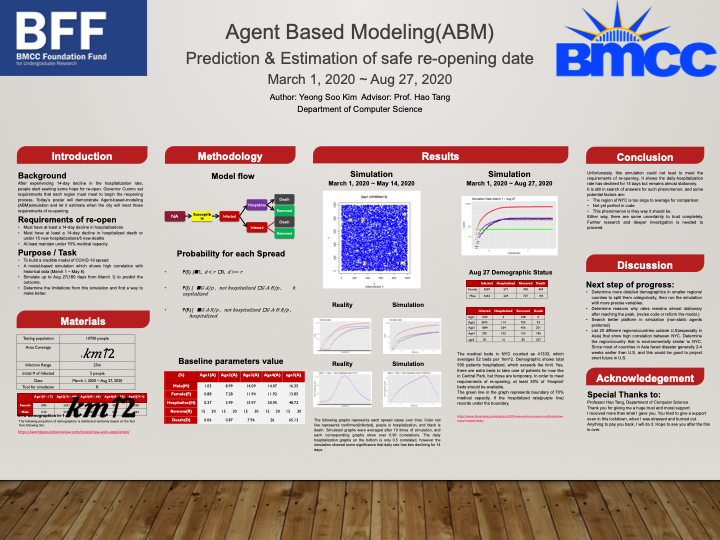Name: Rajendran Pottayil
Mentor: Marjan Persuh
Abstract: Visual perception has limited capacity. We can attend only to a limited amount of information and we can track only few objects at a time. It is conceivable that visual information is represented differently for different tasks; however, capacity limitations might affect all visual pathways at the encoding stage of the visual system. We tested our prediction in a paradigm that differs substantially from attentional and object tracking tasks and requires rapid motor responses: a response priming, in which a preceding prime activates or inhibits response to a target. In a set of three experiments, participants responded to stimuli of different orientations, shapes, or colors. A single prime together with a varying number of distractors was presented in a circular arrangement while targets were presented at the center. Participants made speeded responses to the targets. Our results show that priming decreased as the number of distractors increased, suggesting that capacity for simultaneous representation of visual information is limited for rapid motor responses. However, all features were not represented with equal efficiency. We found that as the number of distractors increased, priming dropped faster for orientation and for a set size of six was practically eliminated. Priming for shape and orientation was stronger and still detectable at the highest set sizes. Our results demonstrate that visual information representation is limited in capacity even for response priming, suggesting a general limitation for all visual pathways. Furthermore, capacity limitations are feature specific and color, in particular, shows higher representational capacity than other features.



